Motional EMF

Consider a conductor moving through a constant magnetic field. Charges in the conductor experience a Lorentz force.
Negative charges move downward creating a charge imbalance, which creates a downward electric force.
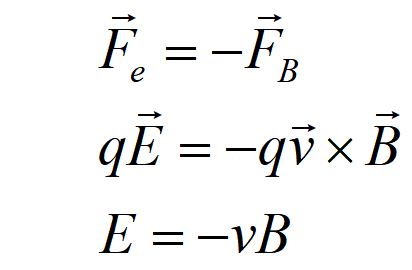
Charge flows until the electric force is balanced by the magnetic force.
The result is that the magnetic force on the charges in a moving conductor creates an electric field.

The electric field creates a potential difference between the ends of the conductor.
The motion of the wire induces a potential difference in the conductor.
We call this potential difference motional EMF.
Sample question
1. A conductor moves through a uniform magnetic field. Which figure shows the correct charge separation?
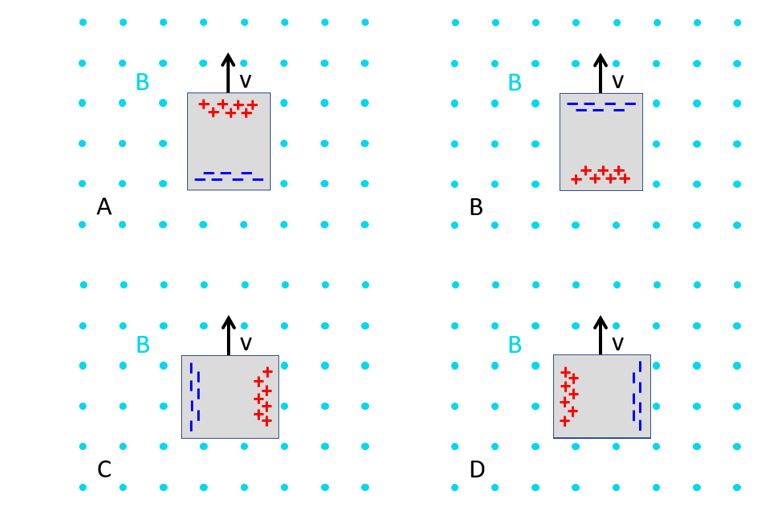
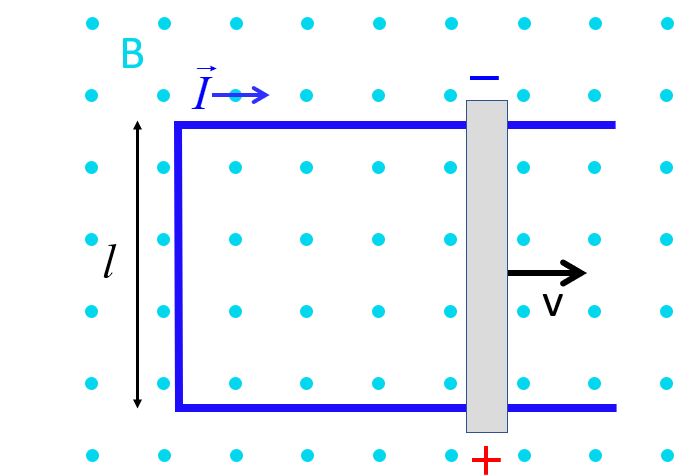
The charges in the moving conductor are pushed by the Lorentz force.
They will move toward the end of the conductor until they reach equilibrium.
They cannot keep moving because there is nowhere else for them to go.
If we attach a stationary wire to the ends of the conductor to create a circuit, the charges will flow through the wire.
The motional EMF will create an induced current.

The magnitude and direction of the current depends on the velocity of the conductor and the direction of the magnetic field.
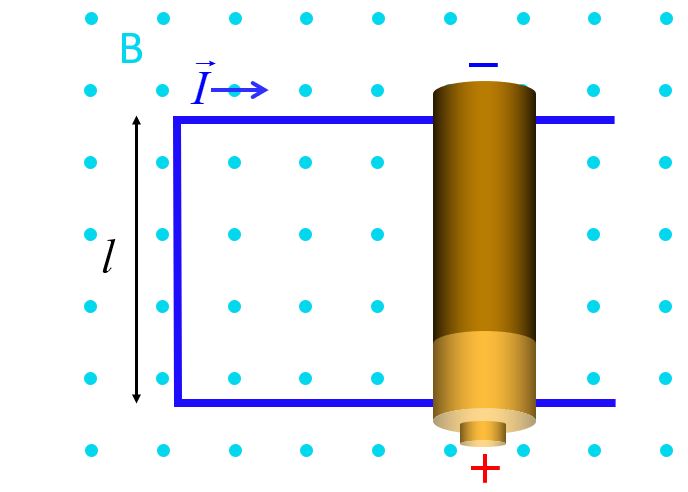
In effect, the moving conductor acts like a battery, suppying an EMF to the circuit.
Energy considerations
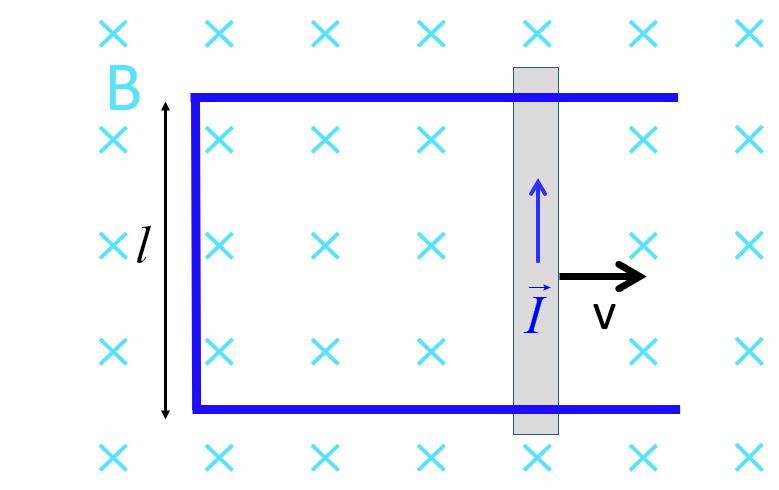
As shown in this diagram, pulling the slide wire to the right in a magnetic field that is pointed into the page produces a counter-clockwise current in the circuit.
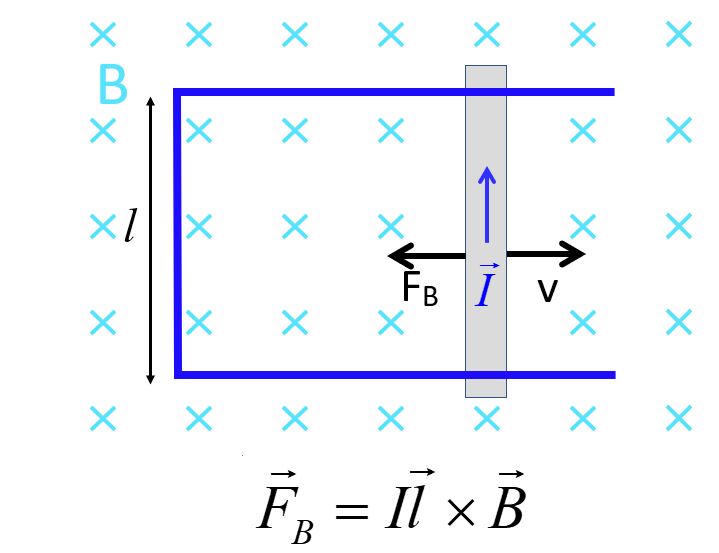
The current in the slide wire, in turn, feels a force from the magnetic field. By the right-hand rule, the direction of the Lorentz force on the slide wire is to the left.
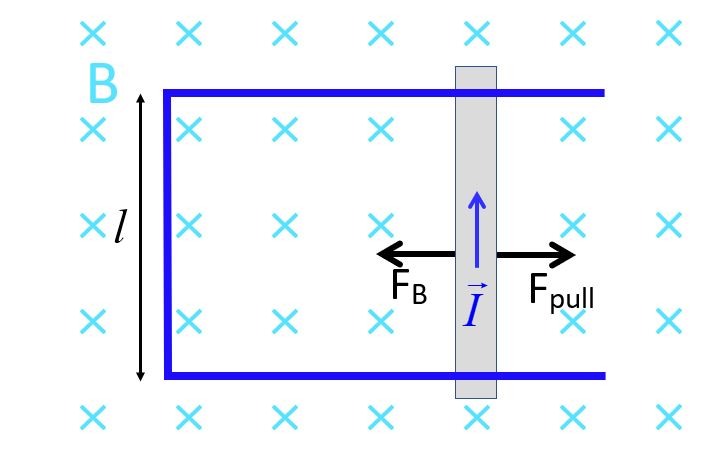
In order to achieve a constant velocity for the slide wire, a pulling force must be exerted to the right. The magnitude of the pulling force must equal that of the Lorentz force for the velocity to remain constant.
The energy dissipated through resistance in the circuit equals the work done by the push or pull.
A mechanism that converts a push/pull to energy in a circuit in this way is called a generator.
As shown in this diagram, pulling the slide wire to the right in a magnetic field that is pointed into the page produces a counter-clockwise current in the circuit.
The current in the slide wire, in turn, feels a force from the magnetic field. By the right-hand rule, the direction of the Lorentz force on the slide wire is to the left.
In order to achieve a constant velocity for the slide wire, a pulling force must be exerted to the right. The magnitude of the pulling force must equal that of the Lorentz force for the velocity to remain constant.
The energy dissipated through resistance in the circuit equals the work done by the push or pull. A mechanism that converts a push/pull to energy in a circuit in this way is called a generator.